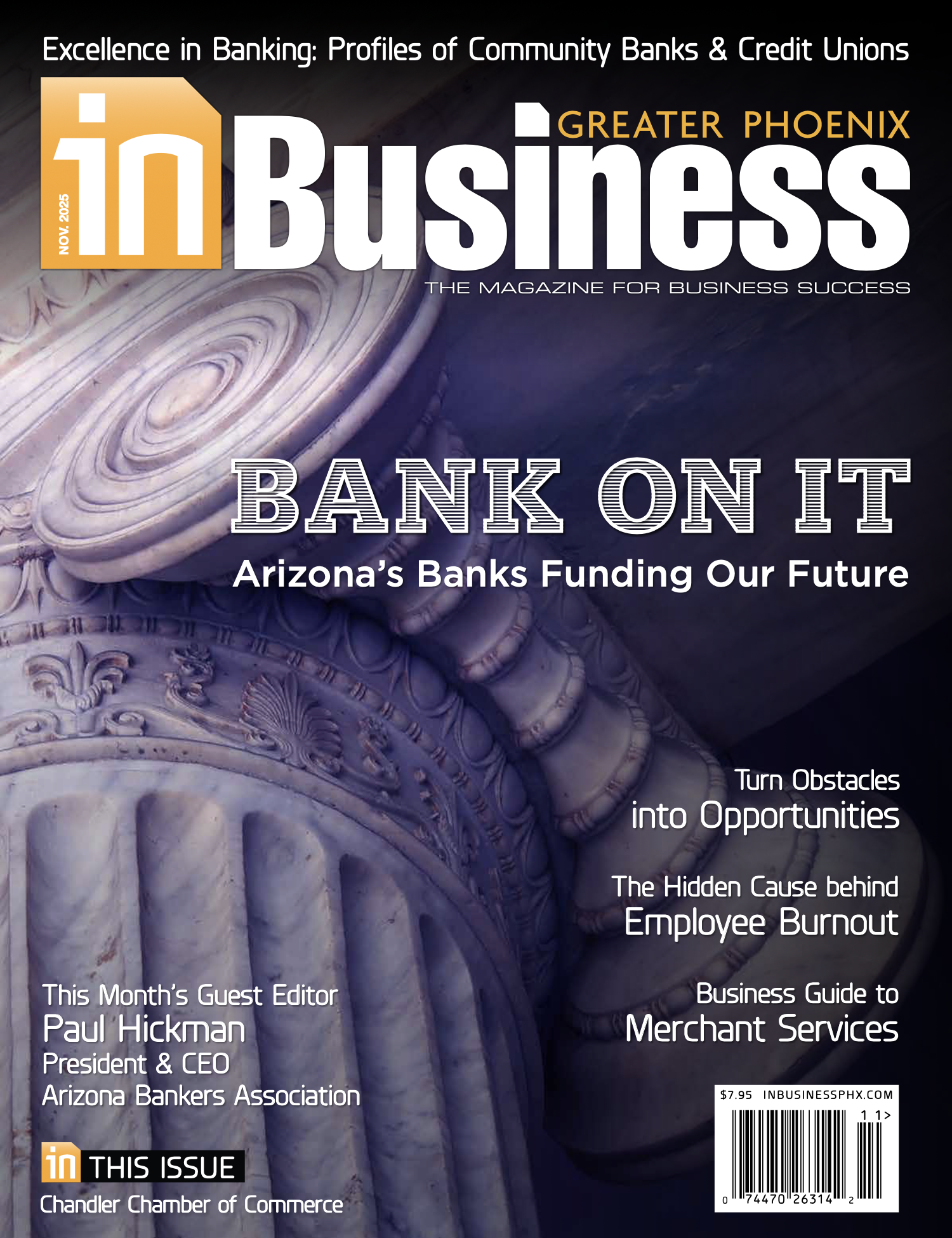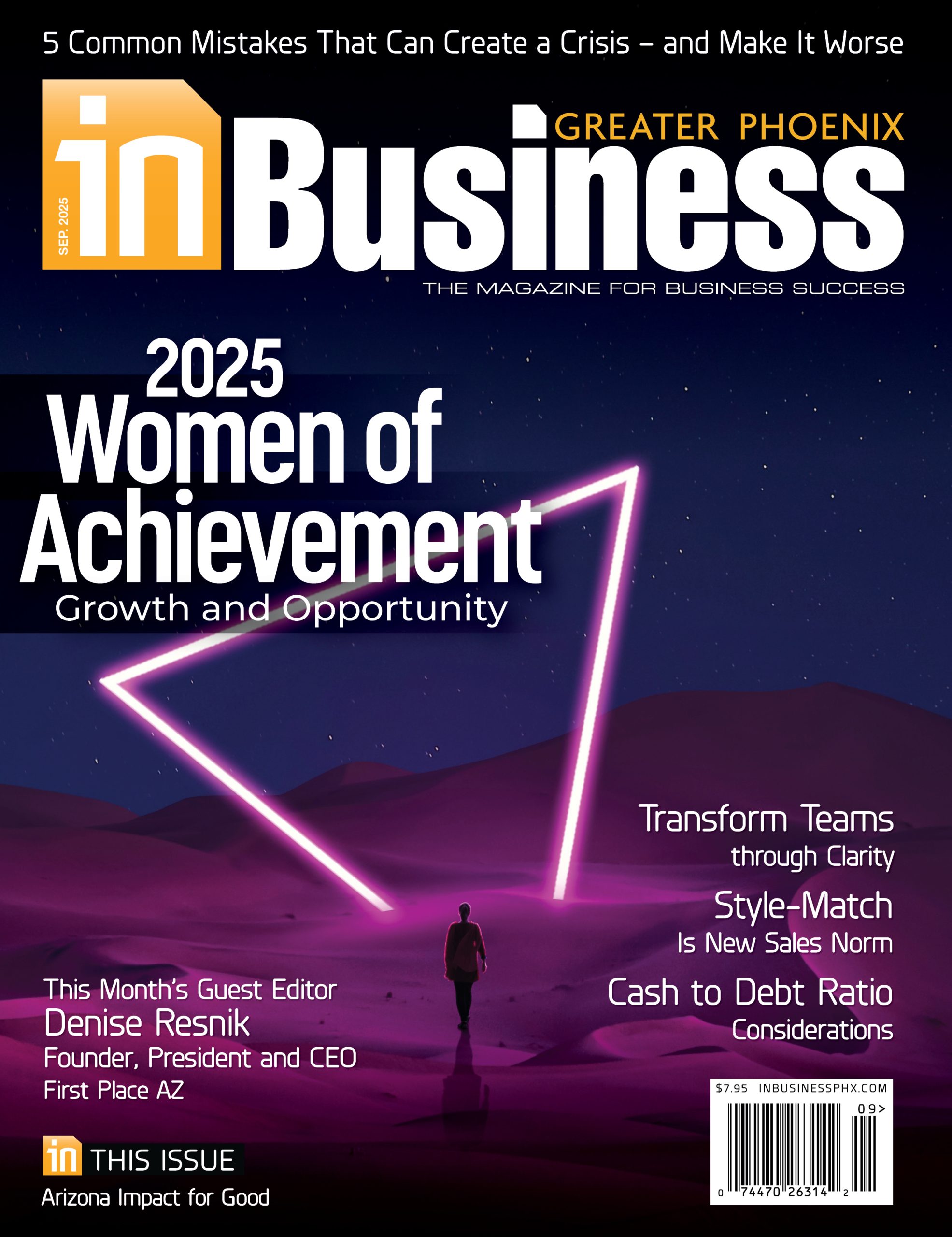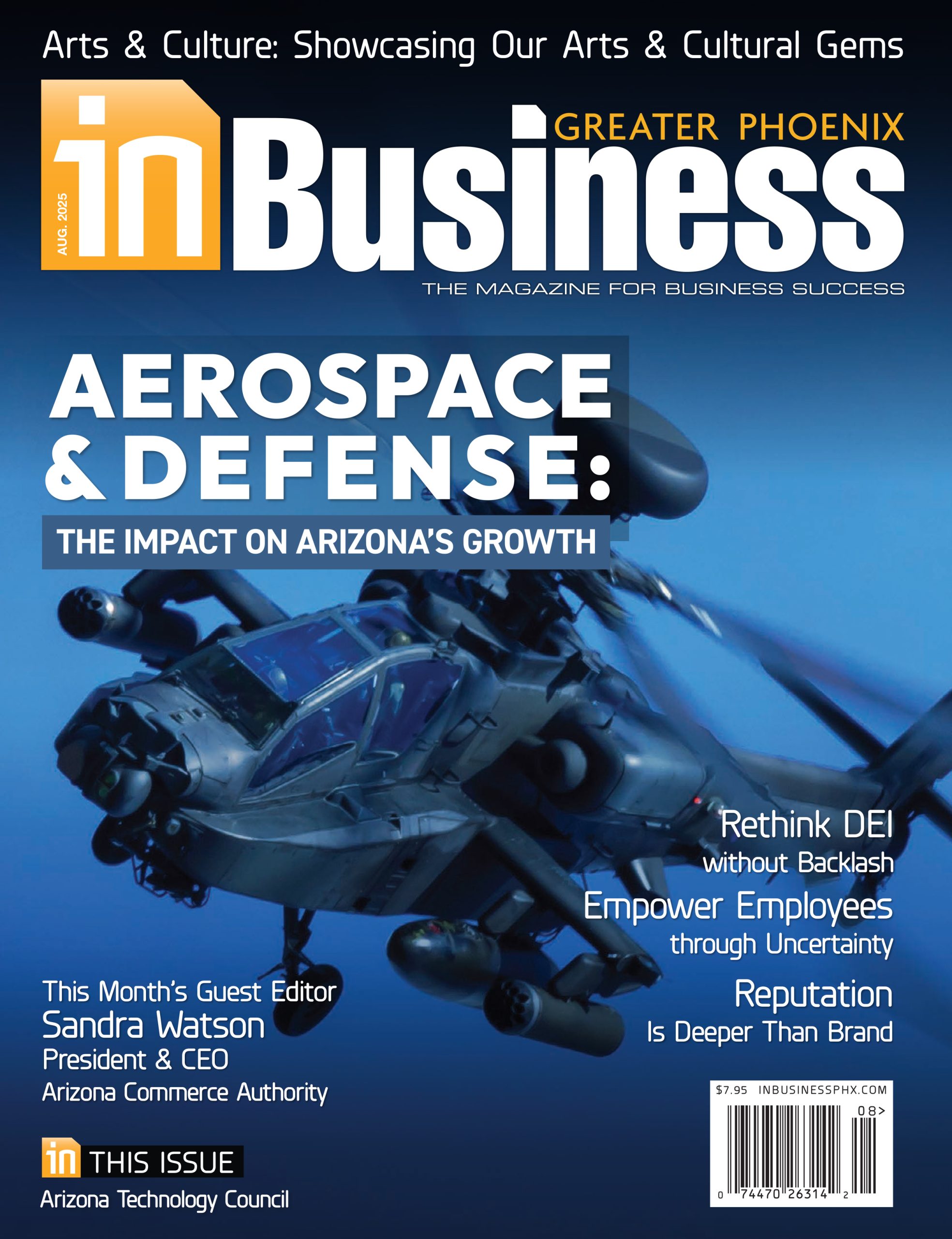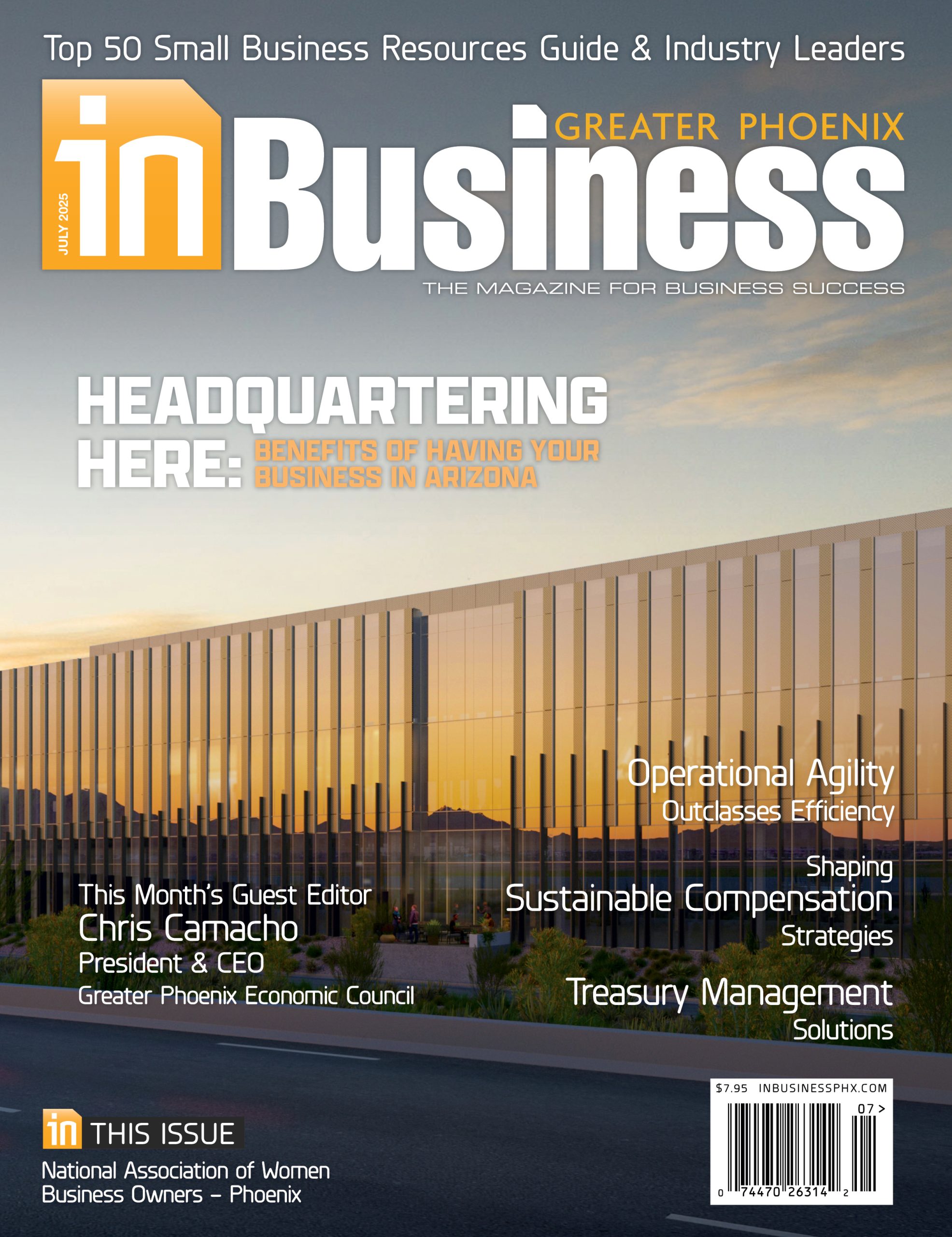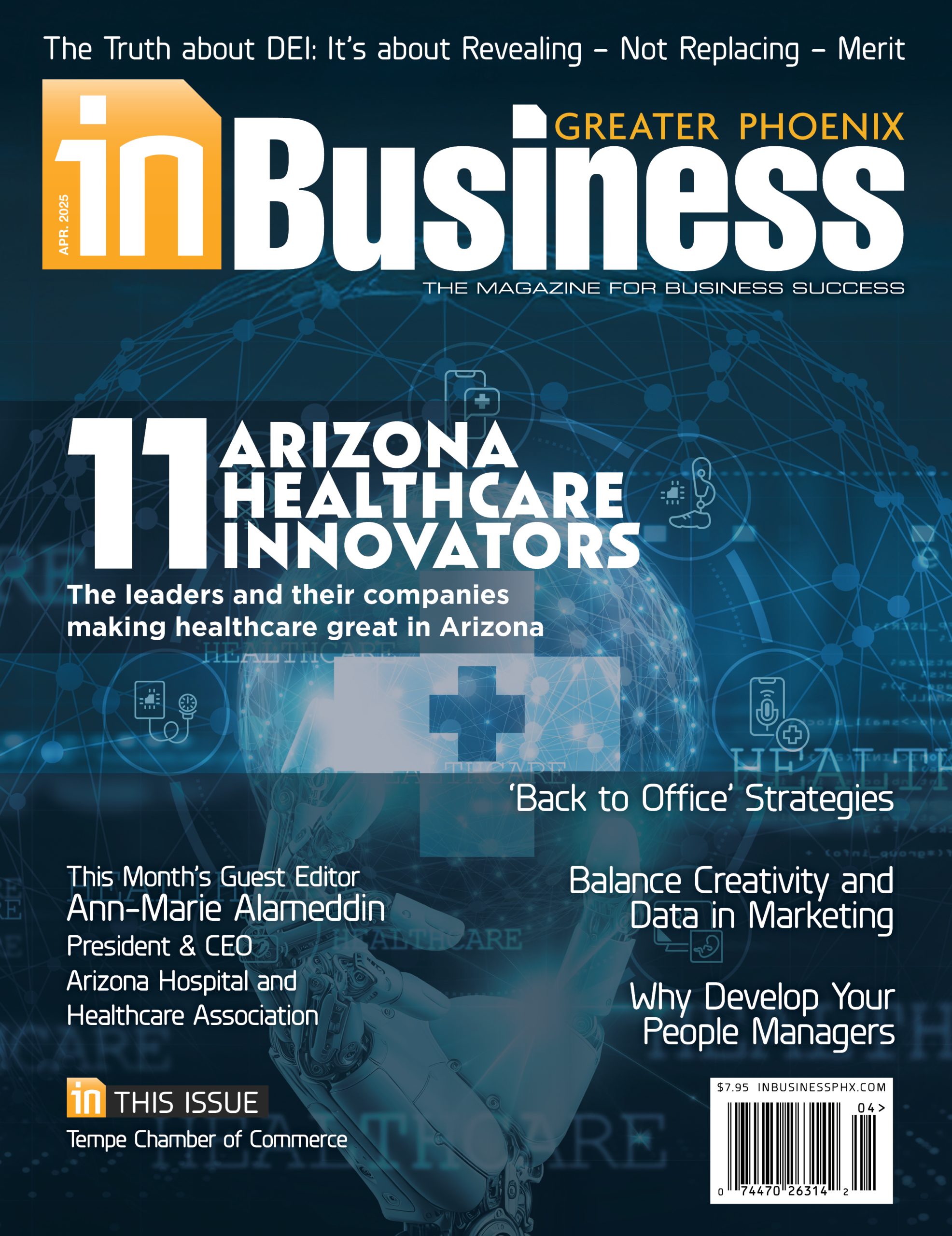As we have been expecting, 2025 is indeed proving to be the year of uncertainty and volatility. The global tariff storm is building with new developments almost daily. We’re calling Q2 ‘the fiscal pickle’ as the Fed grapples with high and increasing Inflation, while simultaneously dealing with a decelerating economy.
Here’s What’s Happening
Interest rates pushed steadily lower throughout the first quarter of 2025, as markets begin preparing for potential economic deceleration associated with the trade war. The 10-year treasury dropped 60 basis points, to 4.20, reflecting concerns that the battle over global trade would severely hamper global economic activity.
Since March, rates have been on a volatile path, dropping to 4.00, then spiking back up to 4.40 — reflecting the massive uncertainty surrounding the trade war. Economic momentum is slowing, but inflation is stuck well above the Fed’s target.
The Fixed Income outlook will hinge on the trajectory of the overall economy. Inflation coming from tariffs will likely be “transitory,” as most historical data show that inflation moves higher, then steadily grinds lower after a batch of new tariffs.
The risk of the U.S. slipping into recession is not insignificant – the average estimate is somewhere around 50% at this time. Therefore, the most likely long-term direction for interest rates is lower. With carry yields around 5%, we would expect fixed income returns to be in the 5% or higher range over the next 12-24 months. The risk to this outlook is if Inflation moves higher and proves to not be transitory, which would force the Fed to increase rates — an outcome that would be damaging for both equity and fixed income returns.
Uncertainty over both Inflation and the federal budget deficit will likely add volatility to interest rates throughout 2025. As politicians wrangle over tariffs and tax cuts, bond market participants are likely to see higher levels of interest rate volatility. Over the longer-term, we think that rates in the current range offer reasonably attractive yield opportunities for investors.
Stocks started the year strong, climbing to a new record high by the middle of February, before reversing course and falling in dramatic fashion. The S&P 500 briefly dipped into correction territory before finishing the quarter just under 10% off from its peak in February. Weakness was driven in large part by fears around tariffs and the potential hit to economic growth as a result.
As the economic environment remains highly uncertain, we expect a choppy market to continue until more economic clarity can be found. The average drawdown for bear markets without a recession is -27%, however if the economy does continue to slow and we do enter a recession, the average drawdown for bear markets with a recession is -43%. In times like these, regardless of which direction the economy heads from here, it’s important to remember to stay calm, stay disciplined, and focus on the long-term plan. Downside risk is the price that stock market investors are willing to pay for long-term performance.
The Key Drivers
Uncertainty around the entire situation is very high, and likely to remain that way. Global estimates of the probability of recession are increasing daily, with the average currently falling around 50%. There are several efforts D.C. could launch to help soften the blow of the tariffs for example, tax cuts or regulation relief. We are likely to see proposals along these lines in coming weeks. The range of potential outcomes is quite wide and nearly impossible to discount at this time.
The Fed’s tough decisions. Current estimates from some major firms are calling for economic activity to slow to the 0-1.00% range for calendar year 2025. Many global forecasters are now calling for a 50% (or higher) probability of a short and mild recession in next 12 months. Also because of impending high tariff rates, many firms’ estimates show inflation pushing from around 2.7% up to the 3 – 3.5% range. The prospect of a slowing economy with high-and-increasing inflation puts the Fed in a very difficult situation – rising inflation will make it very difficult for them to cut rates, but they will be under extreme pressure to push rates lower to help rescue a declining economy and financial market. In recent days, the Fed has clearly stated that they are not ready to cut rates yet, because of concerns over inflationary pressure from tariffs.Over the longer term, if trade negotiations appear to be making progress, it would be rational to expect that they may declare the tariff-based inflation to be “transitory” and choose to focus on boosting the economy, moving rates lower later in the year. But over the shorter term, there will be lots of consternation over the conflicting signals facing the Fed, and their inability to “rescue” the economy or markets in the next few months. With inflation high and rising, they will only be able to cut rates in the near term if we show signs of clearly falling into a recession.
A softening economy. As we’ve been diligently highlighting over recent quarters, the U.S. economy was already beginning to soften before the tariff battle erupted. Leading indicators from the Labor Market have been pointing towards a meaningful slowdown for several months. Additionally, consumer sentiment has been deteriorating steadily — and that deterioration has accelerated in the face of the uncertainty around the global trade war. The economy will be more reactive, and more likely to slip into contraction, if the tariff battles are not resolved in a relatively timely fashion.
The Markets. The financial markets entered 2025 after two years of stellar returns, which also means that valuations were “full” — some would say stretched. When fully valued markets get hit with economic surprises and high levels of uncertainty, we are assured a spike volatility. Volatility has erupted during the early stages of the trade war and the U.S. equity market has been under pressure. We’ve had a ~13% correction (peak to trough for the S&P) at the time we are writing this report, with YTD returns sitting right around –9%. This is a sharp re-pricing of risk, which is to be expected during times of accelerating uncertainty.
The best thing to do in uncertain times is to stay anchored in a long-term financial plan that doesn’t shift in response to market volatility or elevated noise in the media. Take time to understand your long-term risk posture and asset allocations. Trying to time the market seldom works and instead you should speak with your financial team to determine what is best for your financial picture. Staying rooted in your plan will help you weather the storm ahead.
Read the full UMB Bank Q2 economic outlook here.
Eric Kelley id the Chief Investment Officer at UMB Bank









